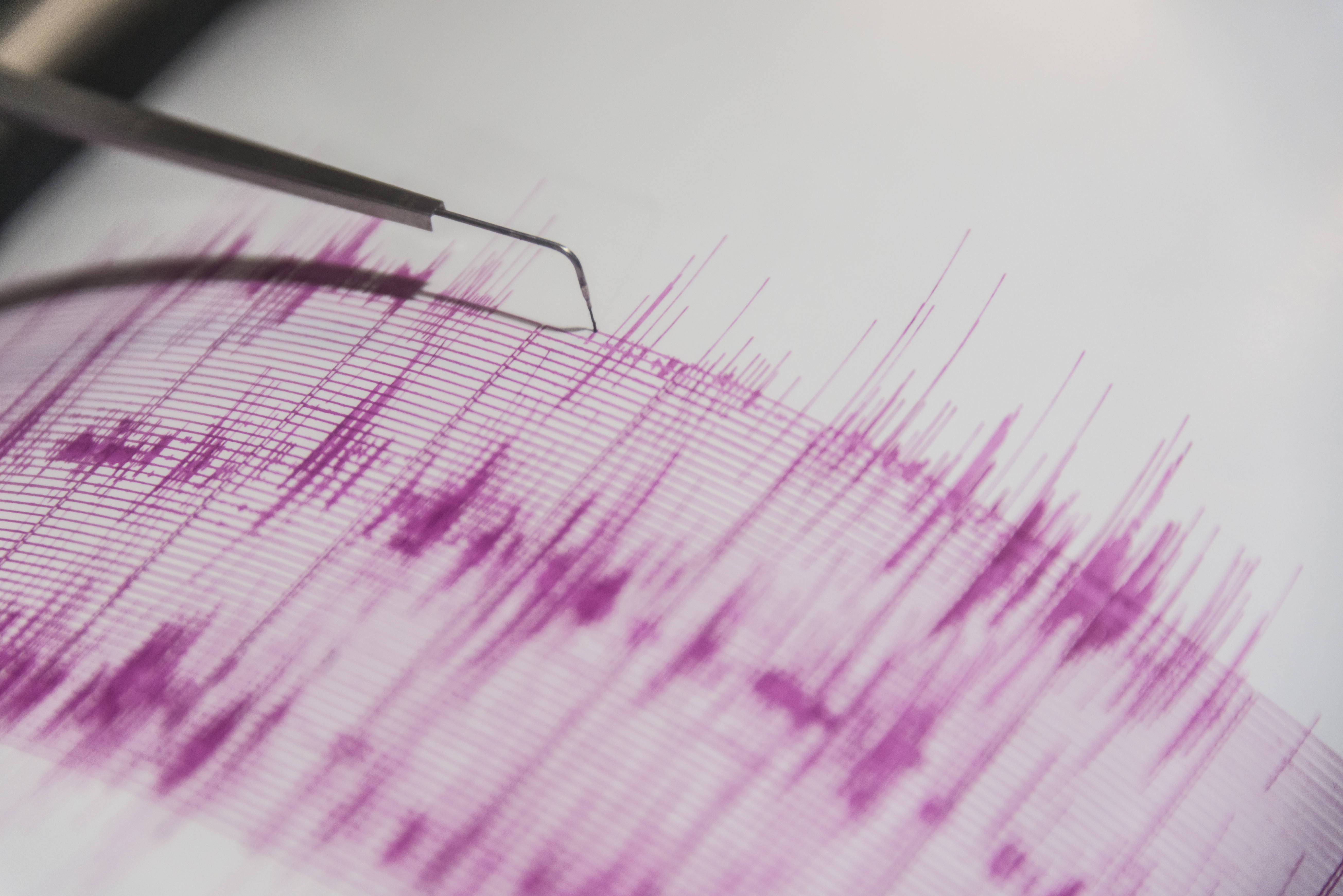Wind turbines are a critical piece of a cleaner future, but they're turning out to be anything but good for some critical wildlife.
Scientists say the spinning blades are killing an alarming number of bats that are needed to help farmers kill off crop-eating insects.
The specific species of bats – hoary bats – are helpful because they love to eat nocturnal insects, according to Dr. Winifred Frick, chief scientist at Bat Conservation International.
"Actually provide real economic value to America’s farmers," Frick said. "It's been estimated that bats provide in the billions of services to America’s farmers in terms of eating all sorts of different crop pests."
Get top local stories in San Diego delivered to you every morning. >Sign up for NBC San Diego's News Headlines newsletter.
Frick said wind farms are killing swaths of these bats, which can fly as high as 8,000 feet during their long distance migrations in the fall.
"About a third of the bats that we know that show up underneath turbines as carcasses are hoary bats," Frick said.
Frick said there’s still time to save the hoary bat population, saying there are ways wind farms can reduce the number of dead bats piling up around turbines.
U.S. & World
"We know that most of the bat fatality occurs during low wind speed conditions during the fall migratory season, so by changing the wind speeds at which we allow the turbine blades to spin, we can actually dramatically reduce the number of bats killed and still produce quite a bit of energy," she said.
NBC Bay Area reached out to American Clean Power Association, which represents renewable energy companies and they released the following statement on Wednesday:
"For over 20 years of monitoring and research, wind-wildlife researchers have derived accurate, repeatable fatality rate estimates of bats and birds at wind facilities. For birds, the body of preexisting biological knowledge and science has enabled wind-wildlife researchers to compare fatality rates against bird populations with findings to date that population level impacts to birds are not occurring. Unfortunately, the level of knowledge and science around the biology and populations of bats is not as robust as it is for birds."
"However, through collaborative efforts between industry, the Bat Wind Energy Collaborative, the Department of Energy’s Renewable Energy National Labs, and NGOs including the Defenders of Wildlife, we are making progress to better understand bats and wind energy, thereby enabling impact reductions. In parallel, industry and government supported research and development of impact reduction technologies and techniques to date show promise but are not yet commercially scalable. The wind industry’s commitment to furthering the science of and reduction of impacts to wildlife continues unabated, most recently in the formation of the Wind Wildlife Research Fund, an industry-led initiative that provides funding to advance research necessary for solutions to wind-wildlife impacts."



